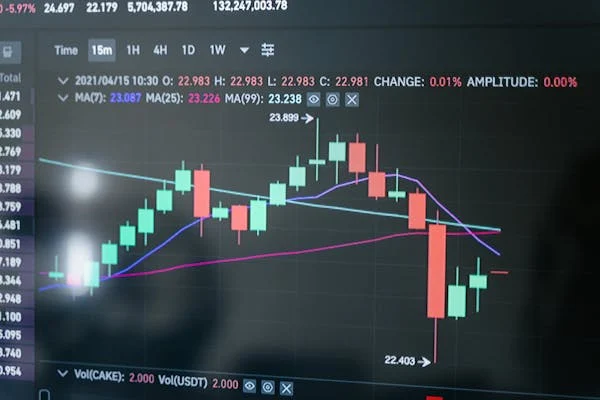How to Trade Crypto Without Fees in 2025
Introduction
The crypto world is evolving faster than ever, and by 2025, one thing is clear: trading fees could be a thing of the past. Imagine keeping 100% of your profits instead of losing a chunk to hidden costs. Sounds too good to be true? It’s not. In fact, platforms and strategies are already emerging to make fee-free trading a reality.
I’ve been in the crypto space for years, and I’ve seen how fees can eat into returns, especially for active traders. But here’s the good news: the future of crypto trading is leaning toward transparency and cost efficiency. Whether you’re a seasoned trader or just dipping your toes into digital assets, this guide will show you how to trade smarter—and keep more of your hard-earned money.
Why Fee-Free Crypto Trading is the Future
Let’s face it: traditional crypto exchanges have made billions from trading fees. But as competition heats up and decentralized finance (DeFi) gains traction, the tide is turning. Platforms like Robinhood and Web3 wallets are already offering zero-fee trading, and this trend is only going to grow.
By 2025, experts predict that fee-free trading will become the norm, not the exception. The question is, how can you take advantage of this shift? Let’s break it down.
Actionable Strategies to Trade Crypto Without Fees
1. Leverage Decentralized Exchanges (DEXs)
Decentralized exchanges like Uniswap and PancakeSwap have revolutionized the way we trade crypto. Unlike centralized exchanges, DEXs allow peer-to-peer trading with minimal or no fees. While gas fees on networks like Ethereum can still be a hurdle, layer-2 solutions and alternative blockchains (think Solana or Polygon) are making fee-free trading a reality.
Pro Tip: Use DEX aggregators like 1inch to find the best rates and lowest fees across multiple platforms.
2. Explore Fee-Free Brokerage Platforms
Platforms like Robinhood and eToro have already disrupted the market by offering zero-commission trading. While they may not support every cryptocurrency, they’re a great option for beginners or those trading popular assets like Bitcoin and Ethereum.
Word of Caution: Always read the fine print. Some platforms may offset “zero fees” with wider spreads or other hidden costs.
3. Take Advantage of Promotions and Incentives
Many exchanges offer fee-free trading as part of promotional campaigns. For example, Binance often runs zero-fee trading events for specific pairs. Keep an eye on these opportunities—they can save you a significant amount, especially if you’re a high-volume trader.
4. Use Layer-2 Solutions and Alternative Blockchains
High gas fees on Ethereum have pushed traders toward layer-2 solutions like Arbitrum and Optimism, which offer faster and cheaper transactions. Similarly, blockchains like Solana and Avalanche are gaining popularity for their low-cost, high-speed trading environments.
The Data Behind Fee-Free Trading
According to a 2023 report by Deloitte, 60% of crypto users are actively seeking platforms with lower fees. This demand is driving innovation, with new projects like dYdX and Loopring offering fee-free or near-fee-free trading experiences.
What This Means for You
The shift toward fee-free trading isn’t just a trend—it’s a fundamental change in how we interact with digital assets. By staying informed and adapting to these new tools and platforms, you can position yourself to maximize profits and minimize costs.
Conclusion: Your Next Steps
The future of crypto trading is bright, and fee-free options are leading the way. Start by exploring decentralized exchanges, keeping an eye on promotions, and experimenting with layer-2 solutions. The key is to stay adaptable and always look for ways to optimize your trading strategy.
Ready to take control of your crypto journey? Start trading smarter today—and keep more of what you earn.
Disclaimer: The information provided in this blog is for educational purposes only and should not be considered financial advice. Always conduct your own research and consult with a professional before making any investment decisions.
